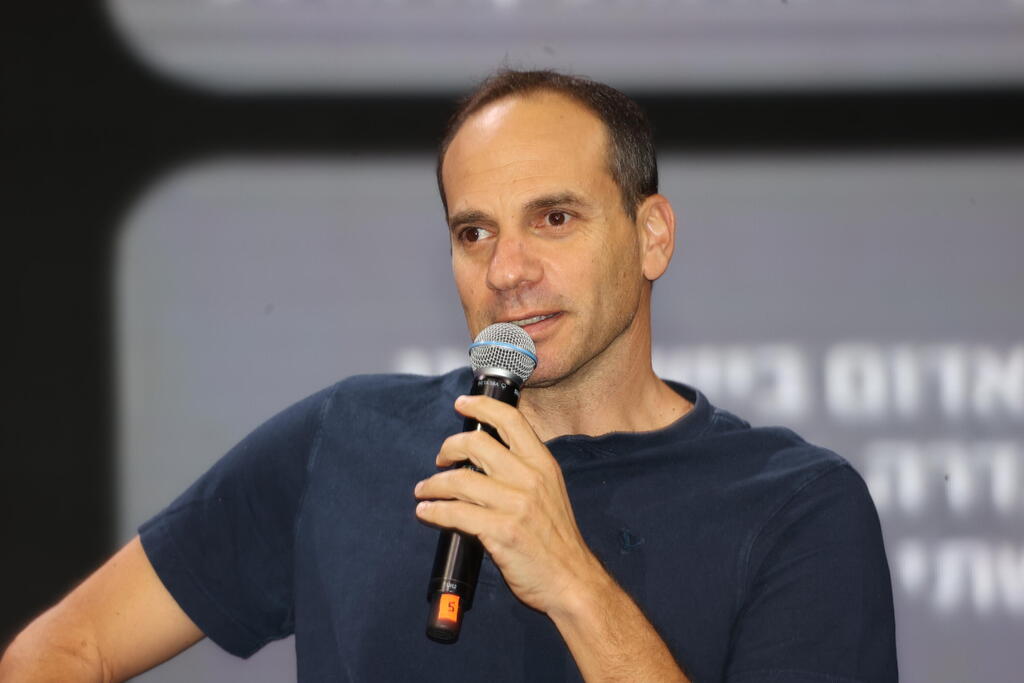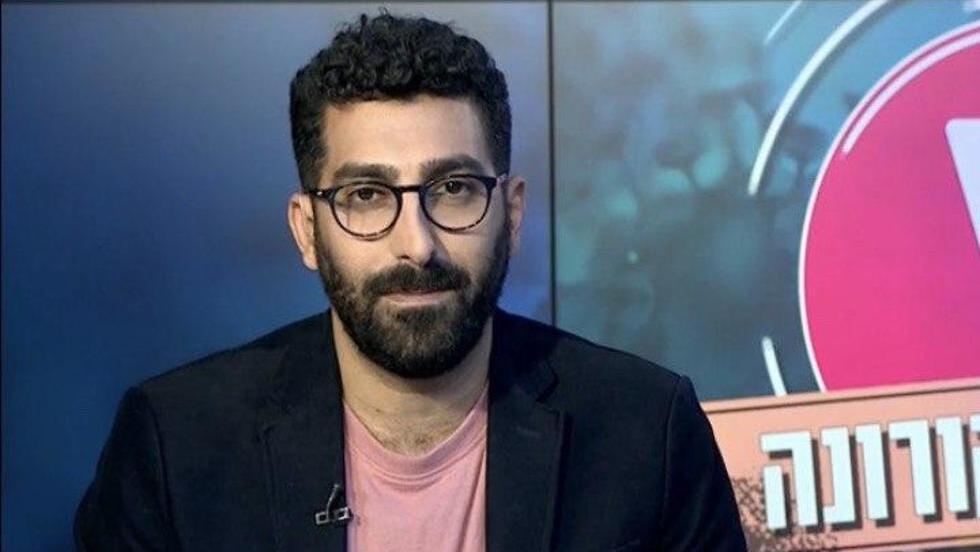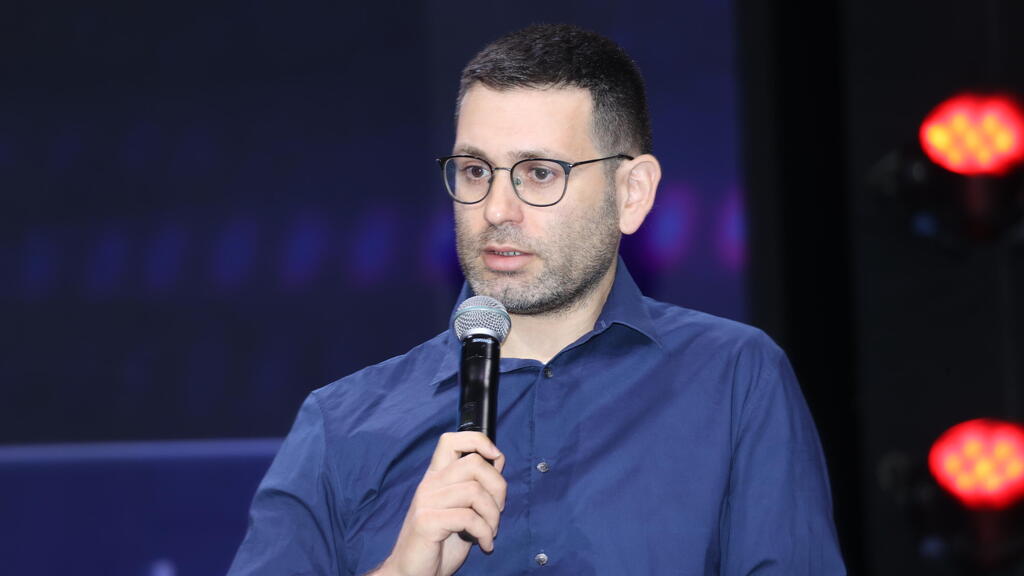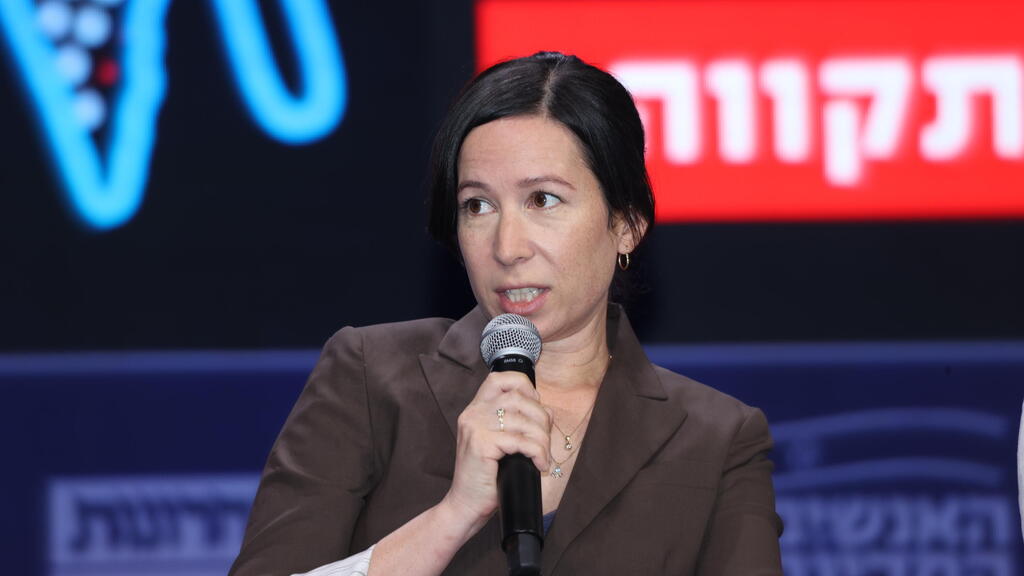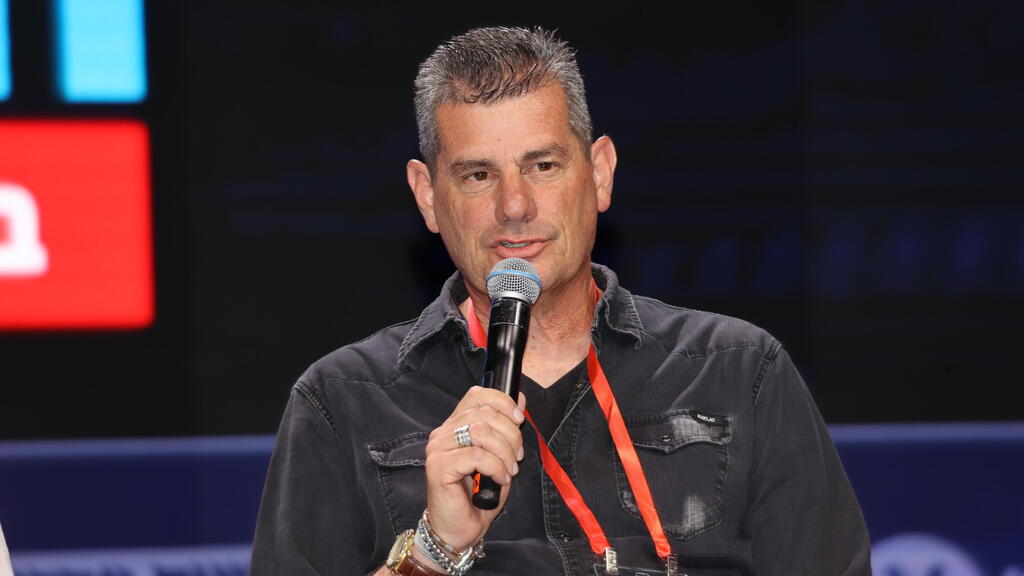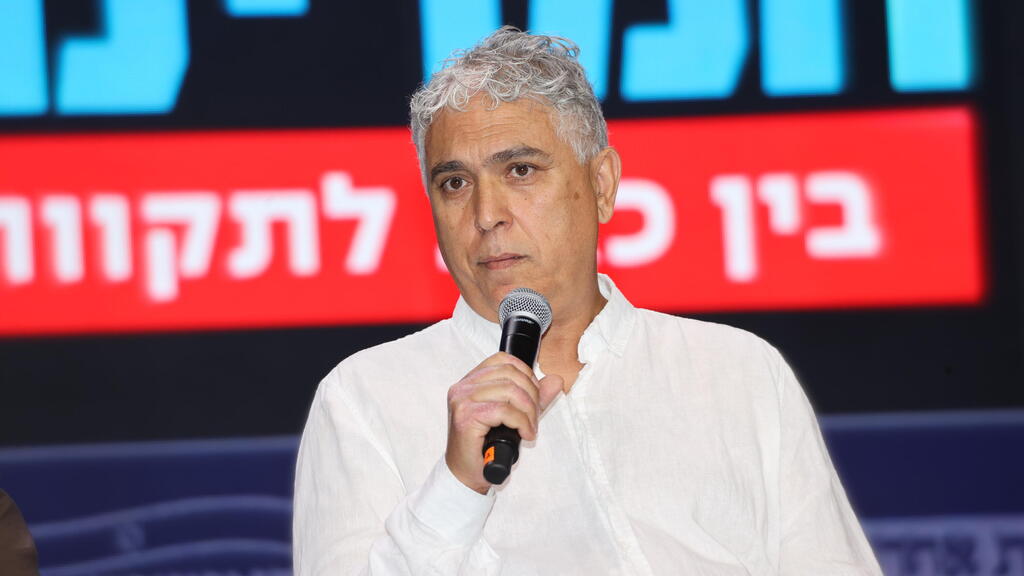Getting your Trinity Audio player ready...
Since October 7, Yedioth Aharonoth and Ynet journalists have been at the front lines of reporting on the war in Gaza and on the northern border. At a conference held on Wednesday, they recounted their first moments of the war coverage that caught them by complete surprise while coping with the loss of their colleague, Ynet photographer Roy Edan, who documented the first Hamas paraglider and terrorists who infiltrated Israel on that Saturday.
One of the southern Israel correspondents is Matan Tzuri, who himself resides close to the Gaza border and managed to receive a video from Edan before his murder showing Hamas’ paragliders. "I remember those first moments very well," Tzuri said.
"I woke up in the morning and the one who woke me up was our dear photographer Roy Edan who was murdered in Kibbutz Kfar Aza. He sent me pictures. He was the one who alerted me to this incident. There was heavy rocket fire, and we didn't understand what was happening. I also had to evacuate my children,” he added.
“Shin Bet forces arrived with SUVs and evacuated them from the kibbutz as part of a special operation. They just came and loaded children at our kibbutz. They really came from personal connections - not by any order. They put small children into the vehicles and evacuated them to the Ashkelon junction, and from there the parents also arrived accompanied by Shin Bet personnel who were in the Ashkelon region. This was their rescue," he said.
Nir (Shoko) Cohen, who interviewed the journalists, also recalled those early morning minutes when he saw Edan’s paraglider footage. "When I first saw them, I was sure they were fake. I was sure it was something circulating the internet, and when Matan said that Roy filmed them - that was perhaps the first time I realized this was something else, not just another morning with missile attacks," he said.
"It was a video that made us reset and, if I remember correctly, it was filmed at 6:44 a.m. During the first moments of the infiltration into his community, near Kibbutz Kfar Aza," shared Yoav Zitun, the Ynet and Yedioth Ahronot military correspondent.
"When he [Roy Edan] sent us the video, our breaking news manager who was on duty in the studio asked me, 'What is this? Is it real? Is it fake?' It didn't seem logical that paragliding terrorists would infiltrate Israel. And at that moment, I of course called Roy to both try to understand what he was seeing and to try and coordinate with him about filming in the area. At that point, he didn't answer," Zitun said.
Southern Israel correspondent Ilana Curiel, who was a close friend of Edan, and who entered Kfar Aza and helped rescue his children, shared her difficult moments. "I entered and met the Yahalom Unit rescue team that had retrieved the children from the Kfar Aza gas station, which is a point where journalists and photographers always meet before shootings. It was a while until they allowed me to enter the checkpoint of Moshav Shuva. Survivors from Be'eri arrived there at the same time,” she described.
"As we progressed, we saw all the vehicles filled with bullet holes and it was already dark, so you could only see some of their burnt sides caused by mortar fire, it was impossible to comprehend the magnitude of this incident. In my head, I thought the children were probably there alone because they couldn't evacuate and maybe their parents were still alive and wounded. I thought that, naturally, the civilian population was evacuated,” she said.
“As soon as I took the children, they didn’t stop talking about how the terrorists shot their mom, dad and Abigail, and the thing that worries me the worst was who was going to take care of them now.”
"My first stop was at Barzilai Medical Center in Ashkelon, where a large concentration of the injured arrived, from the Nova Music Festival, the kibbutzim and IDF bases," adds Ynet correspondent Eitan Glickman, who visited Israeli hospitals on October 7. "Many of the injured were in critical condition. There was a frenzy of medical teams. No one had yet managed to contain and truly internalize the immense incident.”
Ynet’s Police reporter Meir Turgeman also recalled the days following Hamas’ attack: "When a siren sounds, most people go to the safe room. We're busy with going where we’re needed. You disconnect from everything, and it's dangerous. I don't think we're heroes, we feel like we're there for the people. In the early hours, in the first week or two, it was as if the government didn’t exist. We found ourselves with the people, ambulances, unloading the wounded.”




